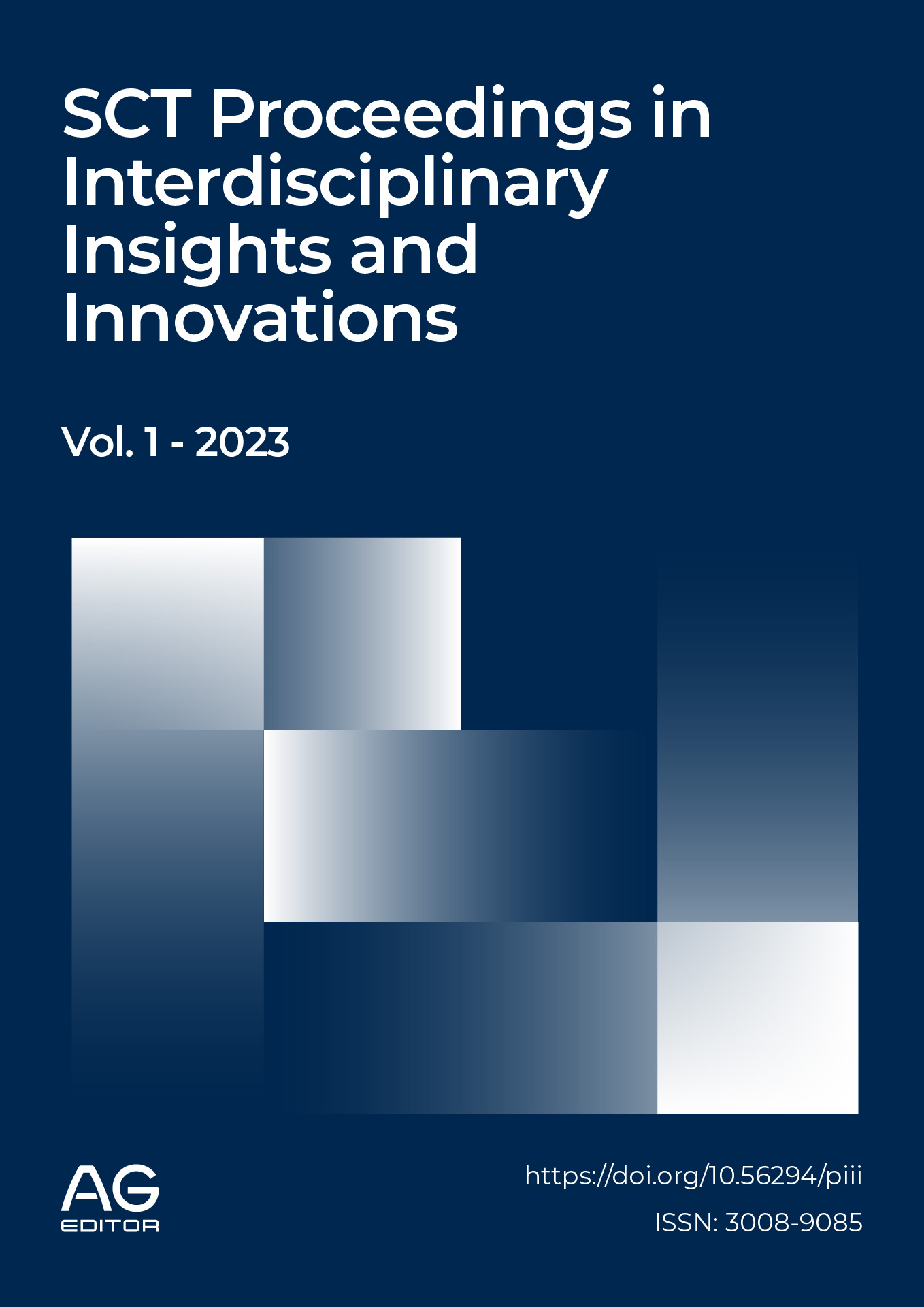Digital gap in the students of the community "La Chiquita Canton San Lorenzo, province of Esmeraldas"
DOI:
https://doi.org/10.56294/piii202365Keywords:
Digital Divide, Internet Access, Information Technology, EducationAbstract
The factors that accentuate the digital gaps in the community "La Chiquita" of San Lorenzo canton in the province of Esmeraldas in the context of the pandemic (2020-2021) are studied. In this way, rural basic education linked to ICTs is approached during the pandemic, with the intention of identifying factors that cause the digital gap, in contrast to the existing inclusion policies. It seeks to point out the proximity or distance between the connectivity binomial in students and teacher training for the use of information and communication technologies, within the teaching-learning process.
The health emergency caused by COVID-19 has led to the emergence of a new world order and a new reality, giving rise to some exceptional moments, including the suspension of face-to-face educational activity, motivated by the state of alarm decreed by the Government to contain its spread, and as a consequence, social phenomena, including the Digital Divide, are deepened and made visible.
The exceptional situation that has been experienced in Ecuador in recent times, due to the pandemic of covid-19, has generated the closure of all face-to-face educational activity, schools have remained closed since mid-March 2020, as the only option to face-to-face education in educational centers.
References
1. Castells, Manuel (2001). «Internet y la sociedad red», La Factoría, febrero-septiembre de 2001, núms. 14-15.
2. Castells, Manuel, Imma Tubella et al. (2006). «Estructura social, identidad cultural y autonomía personal en la práctica de Internet: la sociedad red en Cataluña», en La sociedad red. Una visión global. Madrid: Alianza Editorial.
3. Cervantes, E. y Gutiérrez, P. R. (2020). «Resistir la covid-19. Intersecciones en la educación de Ciudad Juárez, México», Revista Internacional de Educación para la Justicia Social, 9(3), 7-23. https://doi.org/10.15366/riejs2020.9.3.001.
4. Creswell, J. Martens, M. (2014). Research Design. Qualitative, Quantitative, and Mixed Methods Approaches Fourth Edition. California: SAGE Publications.
5. Ferrari, L., Nuñez, E., Sanchez Tapia, I., & Pal, J. (2013). «Cultura Digital, un estudio de apropiación de tecnología en Colombia». Universidad de Michigan. http://refcale.uleam.edu.ec/index.php/refcale/article/view/2970/1782
6. Guillén, A. y Roig-Vila, R. (2017). «Escenarios online para el aprendizaje de un instrumento musical: sinopsis de algunas investigaciones». Notandum, 20(44-45), 43-52. http://dx.doi.org/10.4025/notandum.44.5
7. Gutiérrez, E. (2001). «La educación en Internet e Internet en la educación como factor supresor de la brecha digital», Congreso "La Educación en Internet e Internet en la Educación". Madrid: Ministerio de Educación. Documento en línea, disponible en: http://www.inclusiondigital.net/ponen/brecha/Overview.html
8. Horna, K., y Rea, W. (2017). «Uso de la Comunicación Audiovisual en las Clases de los Estudiantes del 5to Grado de la IE 20318 José Antonio Macnamara, Huacho 2016» [Tesis de grado, Universidad Nacional José Faustino Sánchez Carrión, Perú]. http://repositorio.unjfsc.edu.pe/handle/UNJFSC/469
9. Hubalovsky, S., Hubalovska, M. y Musilek, M. (2019). «Assessment of the influence of adaptive E-learning on learning effectiveness of primary school pupils». Computers in Human Behavior, 92, 691-705. https://doi.org/10.1016/j.chb.2018.05.033.
10. Hung LS. (2003) «The SARS epidemic in Hong Kong: what lessons have we learned? » J R Soc Med, 96(8):374-8. doi: 10.1258/jrsm.96.8.374 http://www.scielo.org.pe/scielo.php?script=sci_arttext&pid=S1018-130X2020000200125#B7
11. Hung, E. S. (Ed.). (2009). Ticś, comunicación y periodismo digital-Tomo I (Vol. 1). Universidad del Norte. http://refcale.uleam.edu.ec/index.php/refcale/article/view/2970/1782
12. Liriano, R. (2016). «El incremento de las competencias tecnológicas en los estudiantes que ingresan a la Educación a Distancia». INTEC Sobre el papel de los estudiantes en los Estudios Generales, (23), 307-326. http://rai.uapa.edu.do:8080/xmlui/bitstream/handle/123456789/411/Trabajo%20en%20memoria%20de%20evento%20-2016.pdf?sequence=1&isAllowed=y#page=314
13. Parra, I. C. (2013). Educación y desarrollo rural: análisis del concepto de desarrollo rural del Programa de Educación Rural – PER en Colombia (Tesis de Maestría en Ciencias Sociales con mención en Desarrollo Territorial Rural). FLACSO Sede Ecuador, Quito.
14. Perkins, D. N. (1992) «Technology meets constructivism: Do they a marriage make?», en: T. M. Duffy & D. H. Jonassen (eds.) Constructivism and the Technology of Instruction: A Conversation. Hillsdale, NJ: Lawrence Erlbaum.
15. Rodríguez Casallas, D. F., Páez Moreno, Ángel E., Román Acosta, D., & Rodríguez Torres, E. (2024). Participación ciudadana, gobernanza democrática y derecho al desarrollo: una revisión sistemática. Telos: Revista De Estudios Interdisciplinarios En Ciencias Sociales, 26(1), 198-214. https://doi.org/10.36390/telos261.13
16. Roman-Acosta, D., Caira-Tovar, N., Rodríguez-Torres, E., & Pérez Gamboa, A. J. (2023). Effective leadership and communication strategies in disadvantaged contexts in the digital age. Salud, Ciencia Y Tecnología - Serie De Conferencias, 2, 532. https://doi.org/10.56294/sctconf2023532
17. UNESCO. (2015). Situación Educativa de América Latina y el Caribe: Hacia la Educación de calidad para todos al 2015. Oficina Regional de Educación para América Latina y el Caribe, 60-71.
18. UNICEF. (2020). La brecha digital impacta en la educación. UNICEF.
Downloads
Published
Issue
Section
License
Copyright (c) 2023 Vera Párraga Jacqueline (Author)

This work is licensed under a Creative Commons Attribution 4.0 International License.
The article is distributed under the Creative Commons Attribution 4.0 License. Unless otherwise stated, associated published material is distributed under the same licence.





